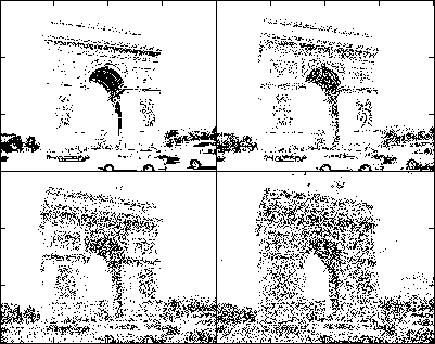- Series:Humans, Transcript English
Isaiah 55:8
“For my thoughts [are] not your thoughts, neither [are] your ways my ways, saith the LORD.”
In 1981 it was only a theory – one that seemed to go against all logic. The theory said that if you have a signal – say, a sound that was too weak to be heard – adding a little noise would make it easier to hear. If you added too much noise, you would drown out the weak signal. Add too little noise and it wouldn’t help at all. But when you add just the right amount of noise, a sound signal too weak to be heard could be heard.
 The theory was shown to be a scientific fact in 1983. This illogical effect was given the name “stochastic resonance.” Since the 1980s, scientists have discovered numerous examples of stochastic resonance and have researched various uses for it. Radio static makes it hard to listen to a station, especially if the signal is weak. However, researchers are building unique radios that add just the right amount of static to make impossible-to-receive stations understandable.
The theory was shown to be a scientific fact in 1983. This illogical effect was given the name “stochastic resonance.” Since the 1980s, scientists have discovered numerous examples of stochastic resonance and have researched various uses for it. Radio static makes it hard to listen to a station, especially if the signal is weak. However, researchers are building unique radios that add just the right amount of static to make impossible-to-receive stations understandable.
Now for the surprise! Did you ever wonder how you are able to select a single voice in a noisy, crowded room and hear what it was saying? Scientists now believe that our brains have built-in stochastic resonance processors much more sophisticated than the units they hope to build someday. As one scientist said, “Nature may have understood stochastic resonance long before we did.”
What seems illogical – to add noise to a sound (or to an image) to make it clear – is actually an astonishing piece of wisdom. The wisdom in the way this advanced technical knowledge is used is yet one more witness – not to impersonal “nature,” but to our Creator.
Prayer:
Father, how little we still understand about the wonderful things You designed and created! I pray that our current age would stop talking about an impersonal “nature” and recognize You. In Jesus’ Name. Amen.
Notes:
Peterson, I. 1991. “The signal value of noise.” Science News, v. 139. Feb. 23. p. 127.
